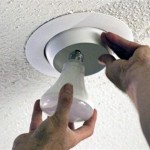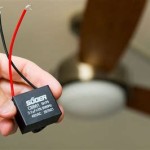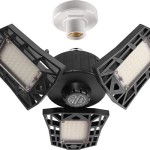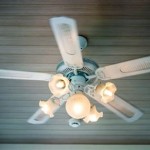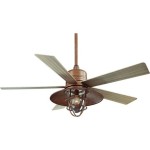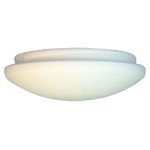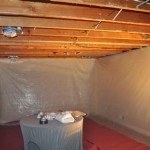Harbor Breeze Ceiling Fan Switch Direction: A Guide to Optimal Airflow
Ceiling fans are indispensable appliances for maintaining a comfortable indoor environment, providing both cooling and air circulation. Among the various models available, Harbor Breeze ceiling fans stand out for their reliability and efficiency. One crucial aspect of operating these fans is understanding how to switch their direction, which can significantly impact airflow patterns.
The direction of a ceiling fan is typically controlled by a switch located on the fan's base or housing. This switch allows you to toggle between two modes: clockwise (CW) and counterclockwise (CCW). The direction you choose depends on the season and your desired airflow pattern.
Clockwise (CW) Mode
During the winter months when heat tends to rise, setting your Harbor Breeze ceiling fan to CW mode is recommended. In this mode, the fan blades rotate clockwise, pushing warm air down from the ceiling and creating a gentle breeze that circulates heat throughout the room. This helps distribute warmth evenly, reducing energy costs associated with heating.
Counterclockwise (CCW) Mode
In the summer or when you desire a cooling effect, switch your Harbor Breeze ceiling fan to CCW mode. This direction causes the fan blades to rotate counterclockwise, creating a downdraft of air that directly cools skin and lowers the perceived temperature of the room. This mode promotes air circulation, providing a refreshing breeze and helping you stay cool and comfortable.
Optimizing Airflow
To maximize the effectiveness of your Harbor Breeze ceiling fan, consider these tips for optimizing airflow:
- Fan Height: Ensure the fan is installed at an appropriate height for your room. For optimal airflow, the blades should be at least 7 feet above the floor.
- Blade Pitch: Adjust the blade pitch to suit your needs. A steeper pitch will create a stronger airflow, while a shallower pitch will produce a wider, more diffused breeze.
- Room Size: Choose a fan size that is appropriate for the size of your room. A too-small fan will be ineffective, while a too-large fan may create uncomfortable drafts.
- Ceiling Type: Consider the type of ceiling in your room. Flat ceilings are ideal for ceiling fans, while sloped ceilings may require special mounting hardware.
By following these guidelines and understanding how to switch the direction of your Harbor Breeze ceiling fan, you can optimize your indoor air circulation and create a more comfortable and energy-efficient environment.

Faq Ceiling Fan Direction Summer Winter
How To Reverse My Harbor Breeze Ceiling Fan Quora
How To Connect A Ceiling Fan That Only Has Black And White Wire While The Wires Out Of Are Red Quora

Which Way To Reverse Fan Tiktok Search

Ceiling Fan Wikipedia

Harbor Breeze Boltz 52 In Brushed Nickel Color Changing Indoor Downrod Or Flush Mount Ceiling Fan With Light Remote 4 Blade The Fans Department At Com

Harbor Breeze Sail Stream 52 In Oil Rubbed Broe Ceiling Fan 3 Blade 41187 Rona

Harbor Breeze Crestwell 52 In Matte Black Color Changing Indoor Flush Mount Ceiling Fan With Light Remote 5 Blade The Fans Department At Com

Which Way Should Your Ceiling Fan Rotate In Summer

Harbor Breeze Windshore Easy2hang 52 In Brushed Nickel Indoor Ceiling Fan With Light 5 Blade The Fans Department At Com
Related Posts

